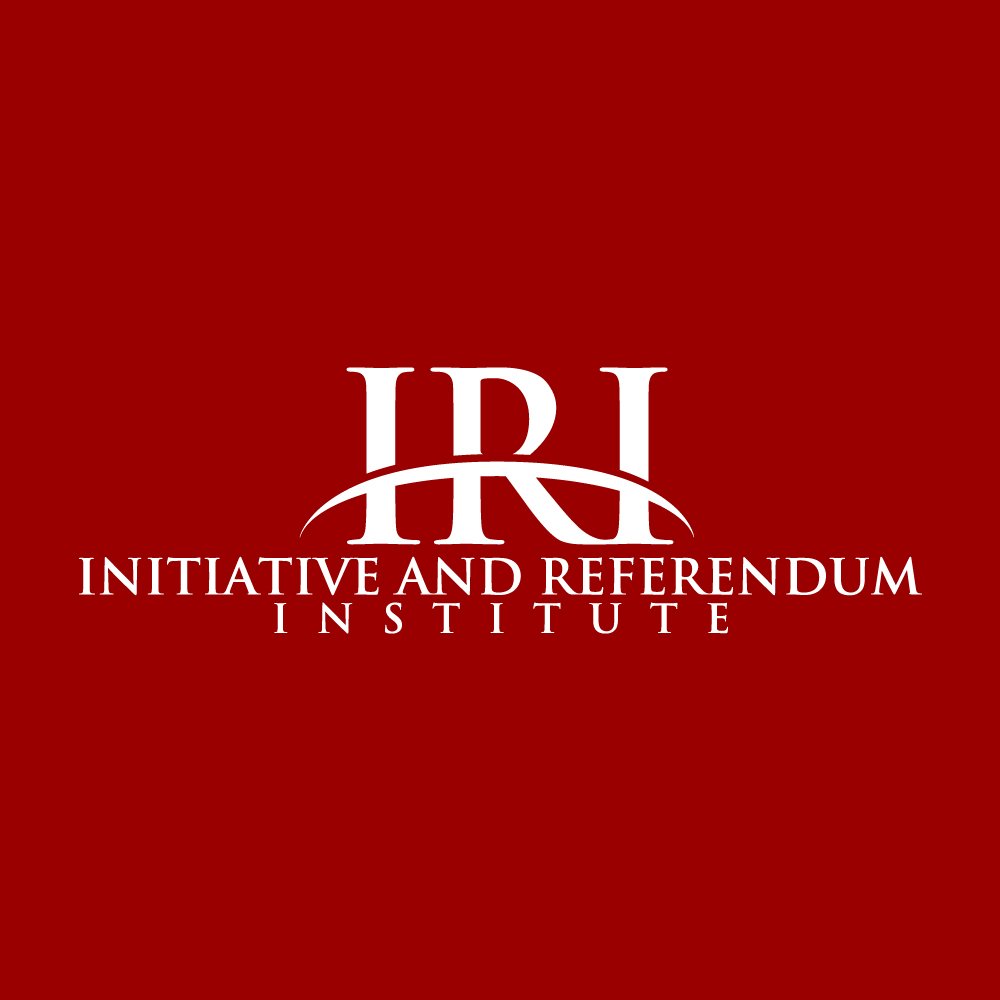Ohio
When the founding convention of the National Direct Legislation League met in St. Louis in 1896, it elected 56 vice presidents, four of whom were from Ohio. None of the other 36 states which were represented provided so many.
The leader who guided Ohio initiative and referendum forces to victory was the Reverend Herbert S. Bigelow of Cincinnati's Vine Street Congregational Church. Church members who disapproved of his political work quit in droves; his salary diminished to the point that he and his wife had to take in boarders to make ends meet. When he invited the I&R advocate and Prohibitionist R. S. Thompson to speak to the congregation, the church's trustees locked the doors. Later, the trustees filed formal charges of heresy against Bigelow before a church court, but he was never tried. Eventually, Bigelow's supporters won control of the board of trustees and helped him make Vine Street a nerve center of the state's Progressive movement.
When the Ohio state senate approved an I&R amendment in 1906, Bigelow sensed that success was near and took a leave of absence from the church, with his congregation's consent, to work full time for I&R, "for a time, perhaps two or three years." In 1908, despite opposition from the Governor, "the well-known machine representative," (as Equity called him), the I&R bill passed both houses, but was killed by legislators voting secretly in a conference committee. I&R backers charged that "the Republican bosses and their tools in the state senate" were responsible.
The Progressives finally got their I&R amendment, not through the legislature, but in a state constitutional convention, along with some 41 other amendments, which were submitted for voter approval in a special election held 3 September 1912. A contemporary account of the campaign called it "the most bitter and momentous struggle known in the state for a generation. Every ruse and trick known to Big Business politicians was employed to frighten the people of Ohio from adopting the I&R. The whole corporate power of the state backed by Wall Street money and influence was thrown into the fight. The Catholic Church stood against the people's power measures and issued printed instructions to their members, at the Sunday services, on how to vote."
The fight for the I&R amendment and for other vitally important amendments was led by Reverend Bigelow, ably assisted by Mayor Brand Whitlock of Toledo and Mayor Baker of Cleveland. The I&R amendment passed with 57.5 percent of the vote.
The first initiatives to win voter approval were a Prohibition measure and a law, which later was ruled unconstitutional, to allow voters to veto the legislature's ratification of a federal constitutional amendment (1918).
Voters in 1933 approved aid to the aged and, in 1936, overwhelmingly passed an initiative banning taxes on food. In 1949 they dealt a serious blow to political machines in the state, abolishing the voting-booth system of electing an entire party slate of candidates with the flick of a single lever. Henceforth, voters decided the merits of each candidate independently.
During the next 39 years, voters rejected all but one initiative put before them. The exception was a 1977 vote to repeal a law, approved only months previously by the legislature, that allowed people to register to vote at the polls on election day rather than requiring them to register beforehand.
In 1992, a term limits initiative was approved by the voters overwhelmingly and in 1994 an initiative prohibiting "the current wholesale tax on soft drinks" was approved. It was the last statewide initiative to be adopted by the citizens.
See David Schmidt, Citizen Lawmakers: The Ballot Initiative Revolution.
